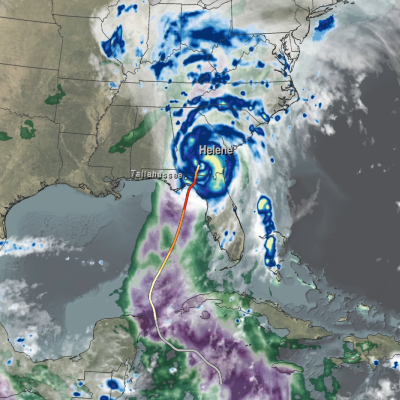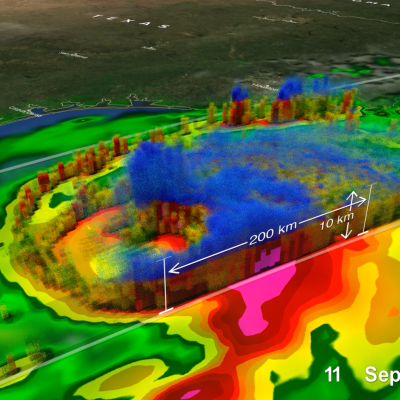SSMIS Outage Has Ended
A server upgrade at the Fleet Numerical Meteorology and Oceanography Center (FNMOC) interrupted real-time transmission of Defense Meteorological Satellite Program (DMSP) data on Sept. 11, 2024, for the F16, F17, and F18 satellites at 18:28, 19:03, and 19:36 UTC, respectively. They returned to real-time operation on Sept. 18 at 23:45 UTC, and are believed to be back-filling the missed data. Thus, the IMERG Final Run products should be unaffected, but the Early and Late Run products will lack SSMIS for this period, with some variation due to latency considerations.





